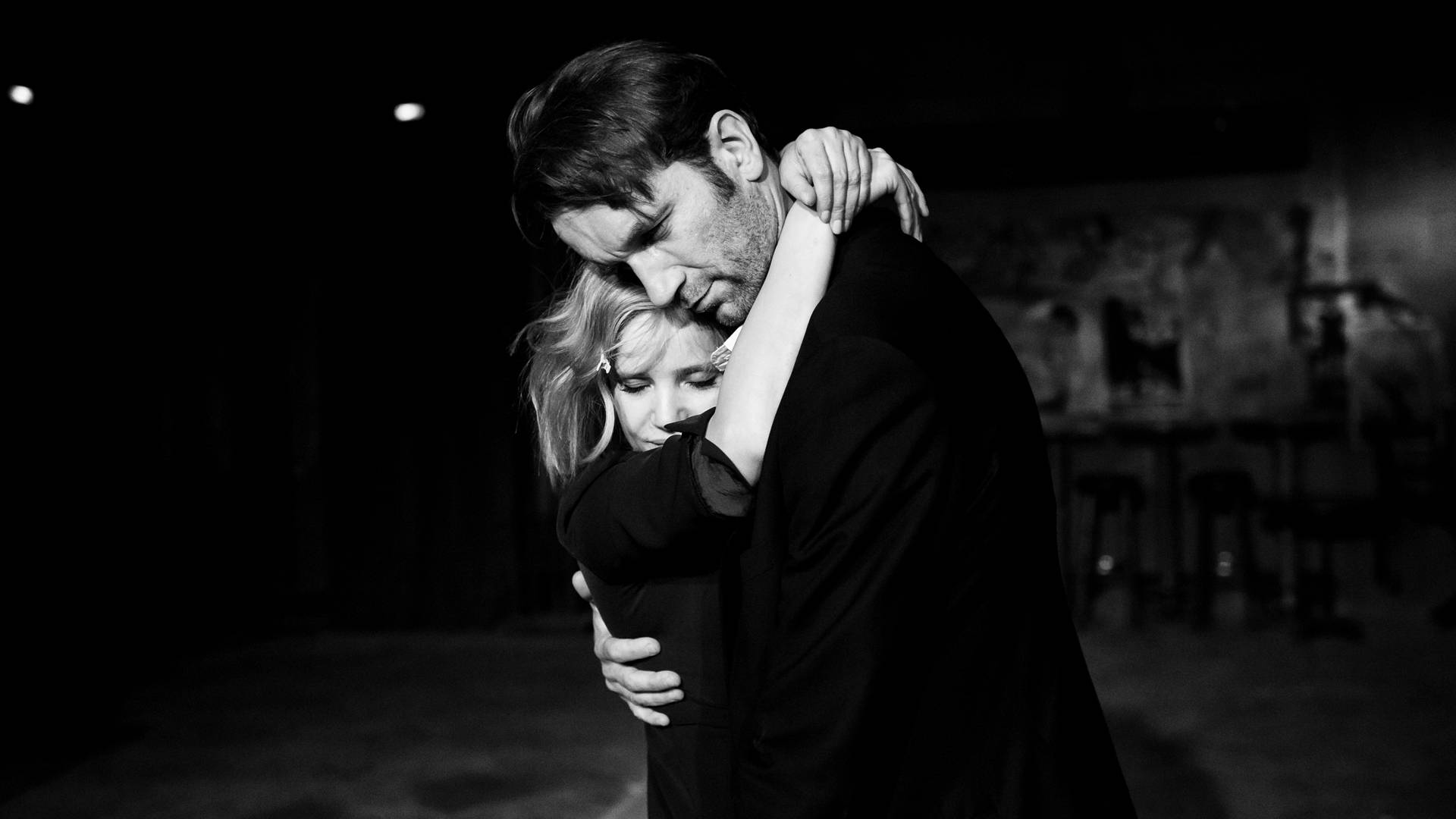On balance, 2018 was a very good year for moviegoers. Films that paired intelligent storytelling with solid craftsmanship were so plentiful that you have only yourself to blame if you wasted so much as four hours (that’s two poor choices) in a theater all year.
That said, “solid” is not the same thing as “inspired,” and we weren’t blessed with an abundance of masterpieces. My chosen mission, however, isn’t to tabulate the year’s greatest films but the most haunting, transporting, audacious and piercing passages. Here are seven that will linger with me for a long while.
Best Delirious Dance Scene in Postwar Paris
‘Cold War’
Paweł Pawlikowski’s breathtaking black-and-white jazzercise (opening Jan. 18 in the Bay Area) is concerned with the altogether different pressures exacted on a love affair by postwar Poland’s Communist government and freewheeling Paris in the ’50s. The film suggests that the holy grail of freedom is not a boon to every artist, but even that provocative statement doesn’t begin to convey all the impulses (self-expression, selfishness, compromise, ambivalence, ambition, ego) that bedevil the lovers Zula and Wiktor. A dizzying, bravura scene in a club, which climaxes with Zula (Joanna Kulig) dancing on the bar, combines the despair of disillusionment with the delirium of independence.
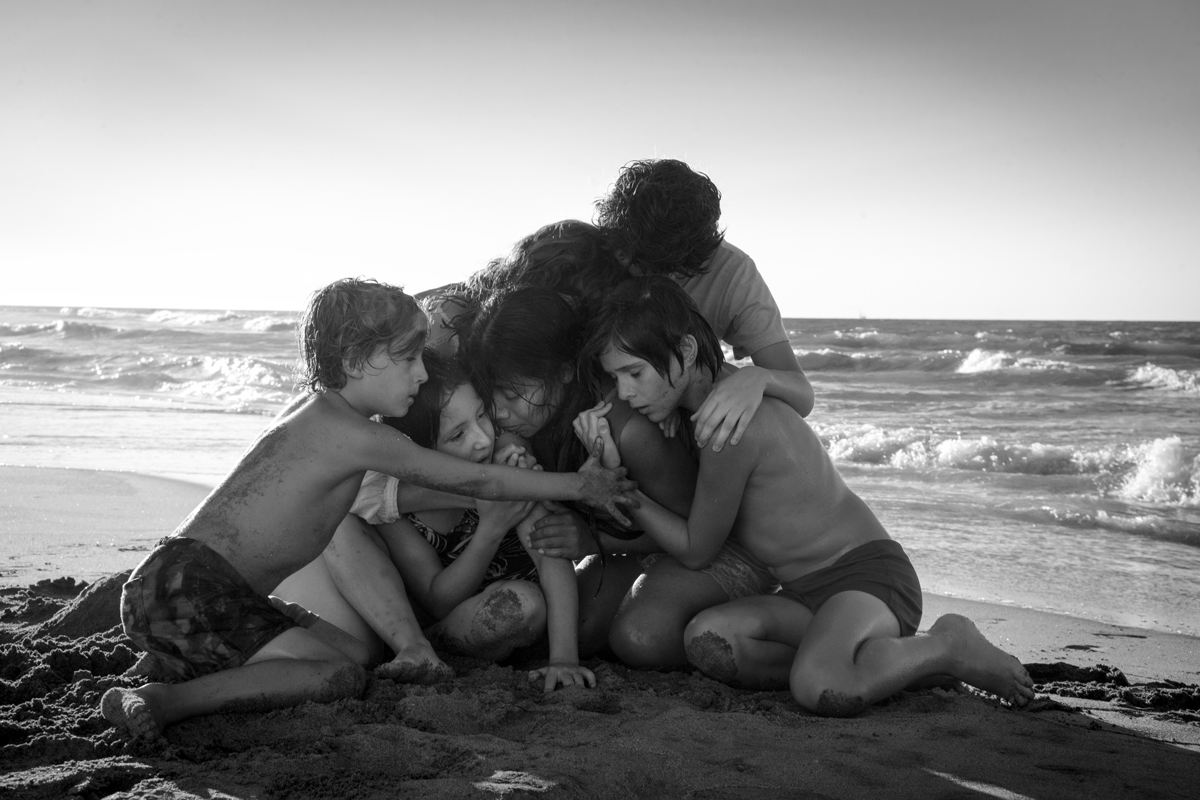
Best Tracking Shot That Leaves You Wanting More
‘Roma’
Alfonso Cuarón’s semi-remembered, semi-imagined depiction of a chunk of his Mexico City childhood isn’t presented as a story so much as a collection of precise compositions and acute moments. The film’s pinnacle—technically, emotionally and aesthetically—is a lengthy (in terms of both time and distance) tracking shot that starts with the family on an empty beach and flows ominously and inexorably out into the threatening waves. It’s an overwhelming sequence, thanks to the immersive soundtrack and our desperate curiosity to know what’s happening beyond the camera’s view.
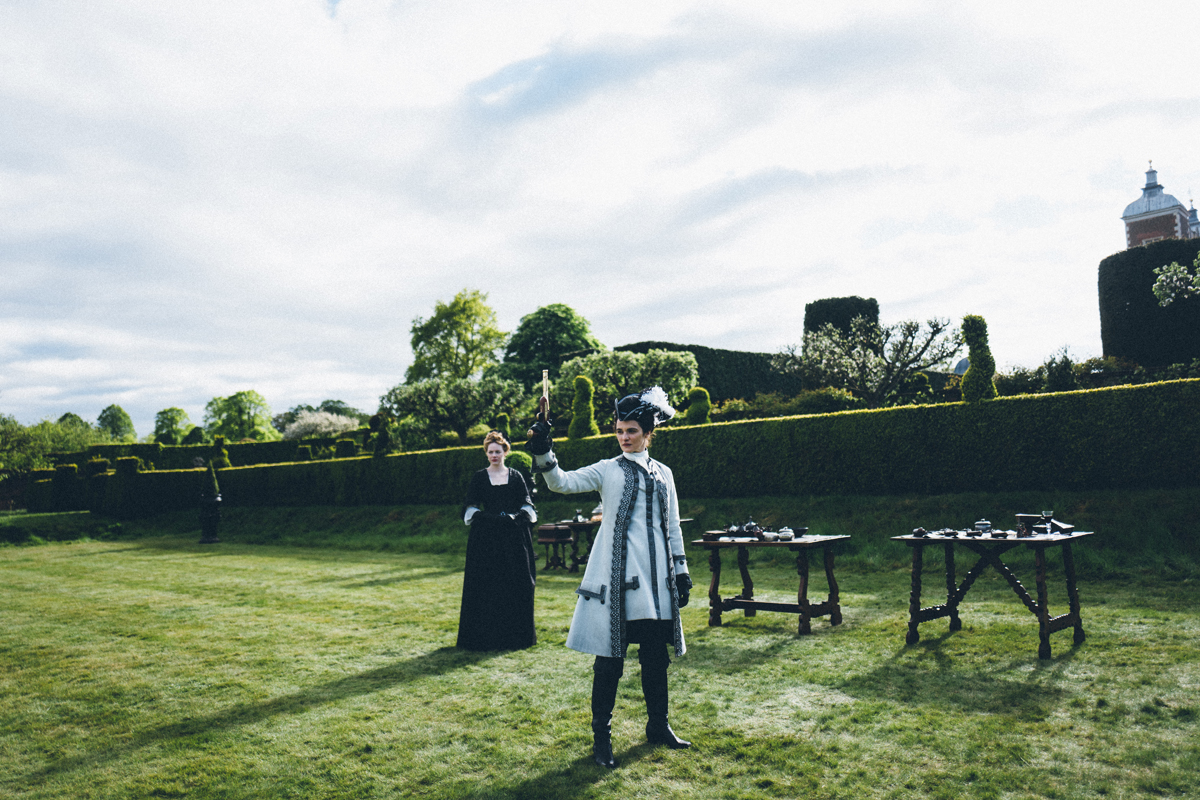
Best Horror-Tinged 19th-Century Pigeon Shoots
‘The Favourite’
Director Yorgos Lanthimos reimagines Queen Anne’s court in the early 1800s as a savage parable of women in the workforce, with unexpected depths of loyalty, love, ambition and cynicism. This privileged world, with its habituated grotesquerie, readily allows for a pair of pigeon-shooting scenes between Lady Sarah (Rachel Weisz), the Queen’s advisor and manipulator, and upstart Abigail (Emma Stone), who matriculates from Sarah’s protégé to rival. Not content to chill us with the visceral shock of women with guns, Lanthimos whiplashes us with a bang-bang blood spattering that is equal parts malice and metaphor.
Best Close-Ups of an Adolescent’s Face
‘Leave No Trace’
Nature is an omnipresent character in Debra Granik’s deeply moving portrait of a war veteran and his daughter living in the woods outside Portland. Ben Foster (playing the kind of wounded, nonverbal hulk that was David Morse’s bread and butter) represents America’s chewed-up potential, while 13-year-old Tom (played by Thomasin McKenzie) could be our salvation. Every shot of her face in the film’s second half tells us she’s approaching a fork in the road, which her father can’t see. (The points of view of adolescent girls also propelled Eighth Grade and The Hate U Give, while our relationship to the environment emerges as a major theme in First Reformed.)
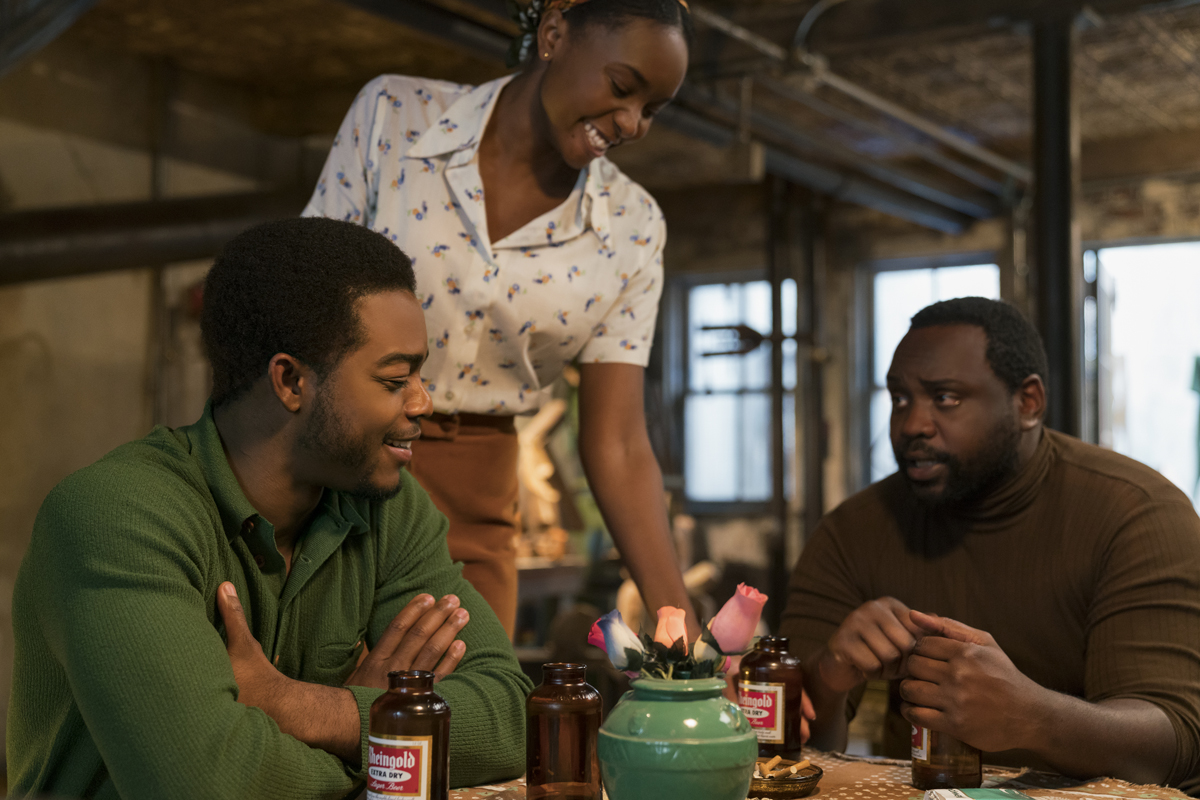
Best Reunion Scene in a James Baldwin Adaptation
‘If Beale Street Could Talk’
In adapting James Baldwin’s novel, Barry Jenkins opted to make a movie almost devoid of anger—a remarkable approach to a story in which a young black man is wrongfully accused of rape and assault. The film’s overriding focus is the committed relationship between Fonny (Stephan James) and Tish (KiKi Layne), yet the key scene is a soft-spoken reunion over beers between Fonny and Daniel (Emmy nominee Brian Tyree Henry of Atlanta) while Tish cooks their dinner in the background. As the old friends open up to each other—Daniel just finished a two-year sentence, and jobs are scarce—the contemplation of reality dissolves their veneer of bluster. Their quiet recognition of the consequences of ingrained racism is more shattering, somehow, than an impassioned rant.
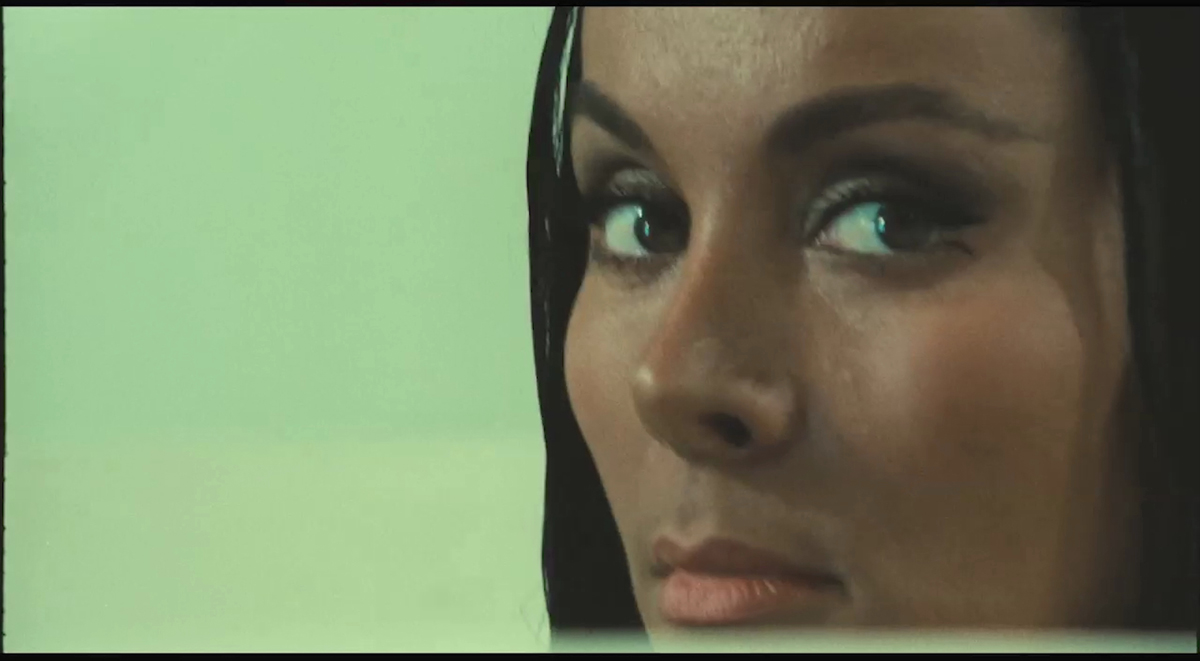
Best Sex Scene in a Movie You Need to See Twice
‘The Other Side of the Wind’
The completion of Orson Welles’ final film, a kaleidoscopic rendering of the last day of a revered Hollywood director (played with vinegary charm by revered Hollywood director John Huston) that Welles shot, reshot, edited and reedited over much of the 1970s, is a veritable miracle. Dense and fragmented, it’s so full of ideas and allusions that it needs to be seen twice. But the imagination and pure skill that produced the hypnotic, nighttime sex scene in a moving car is readily apparent: Edited to a metronome soundtrack, it manages to evoke Hitchcock, Godard and Bunuel. Oja Kodar, Welles’ lover and collaborator, plays the author and agent of desire with an unmistakable, unambiguous authority.
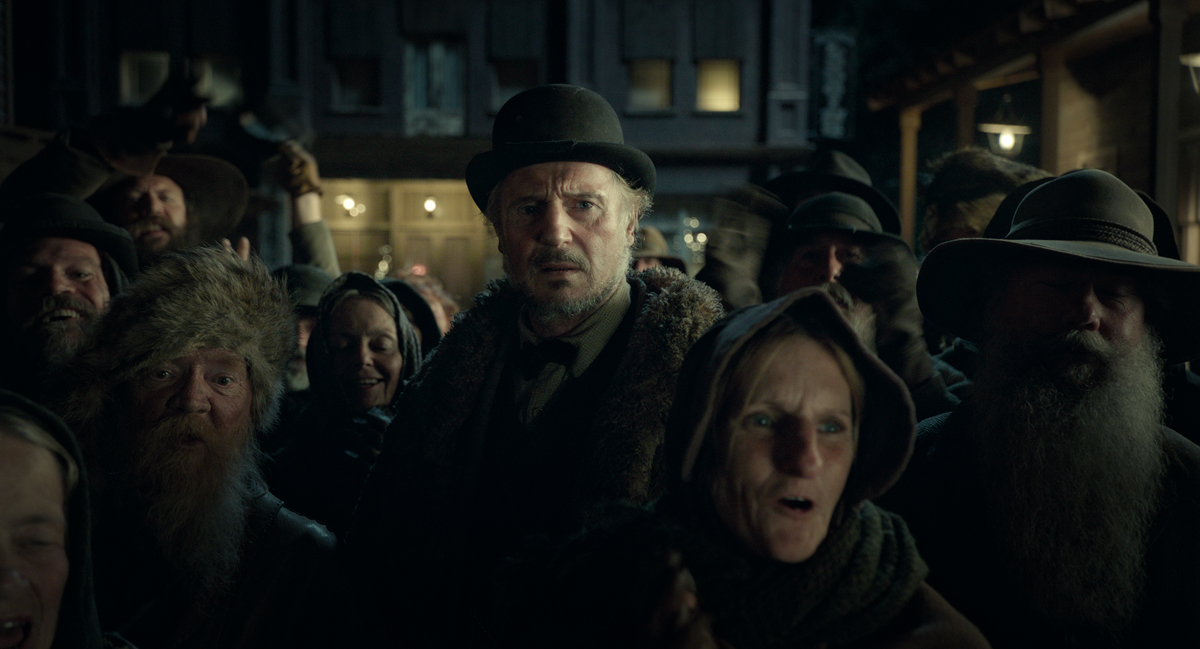
Best Recitation of Literature in a Six-Part Western Anthology
‘The Ballad of Buster Scruggs’
The six short stories of the Old West that comprise the latest enigmatic and entertaining Coen Brothers work include an ecological parable about a prospector (Tom Waits) despoiling a blissful valley habitat with a dozen holes dug in search of a motherlode. The most unique character on offer, however, is an armless, legless fellow (played by Harry Melling) who seems, at first glance, to be a sideshow attraction. Ah, but seated on a stage fashioned from the back of a wagon, he recites excerpts from the canon of English literature circa 1875: The Old Testament to “Ozymandias,” The Merchant of Venice to the Gettysburg Address. Our last sight of the artist, staring out the back of the wagon, alters yet confirms our initial judgment. In America, a man of culture is a freak.
